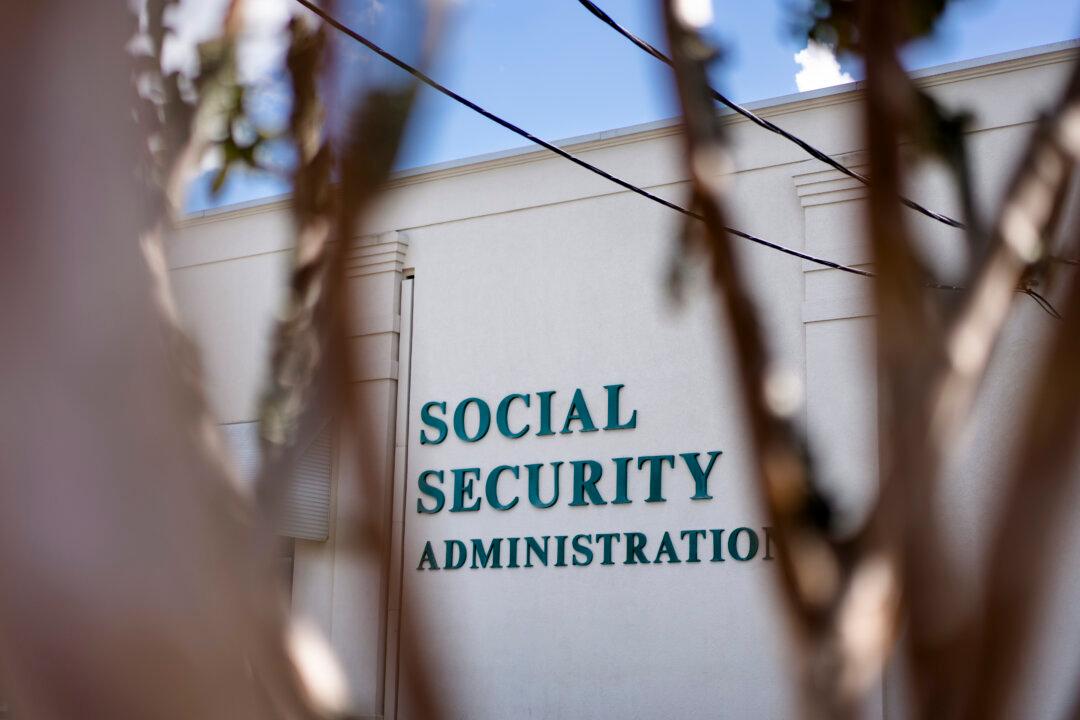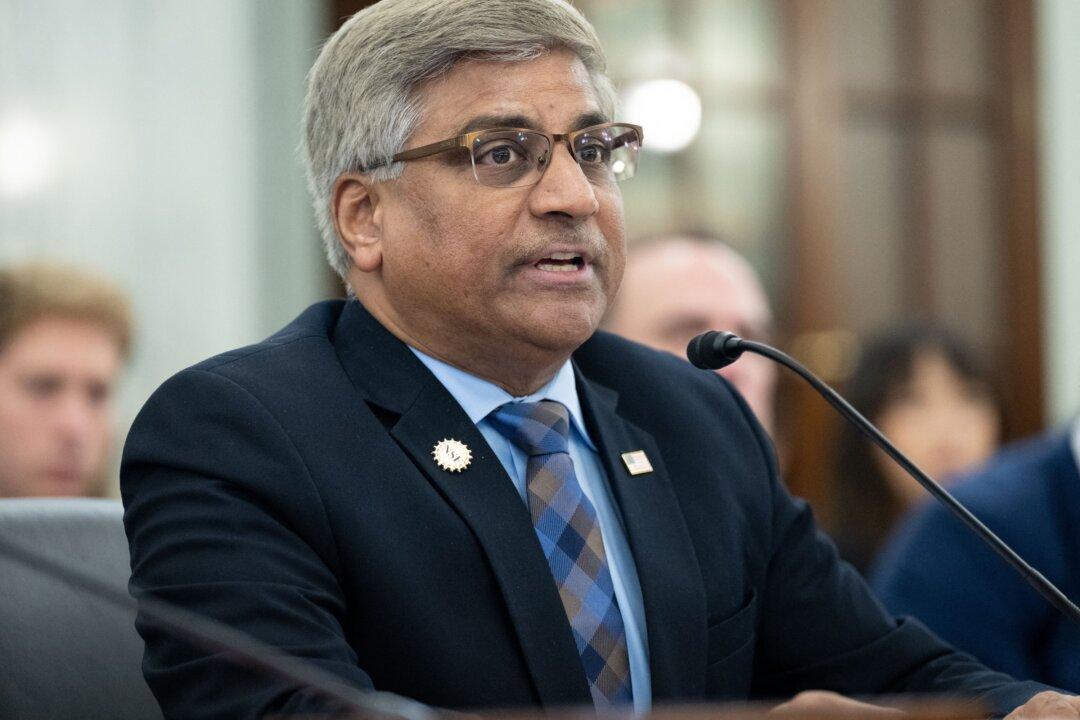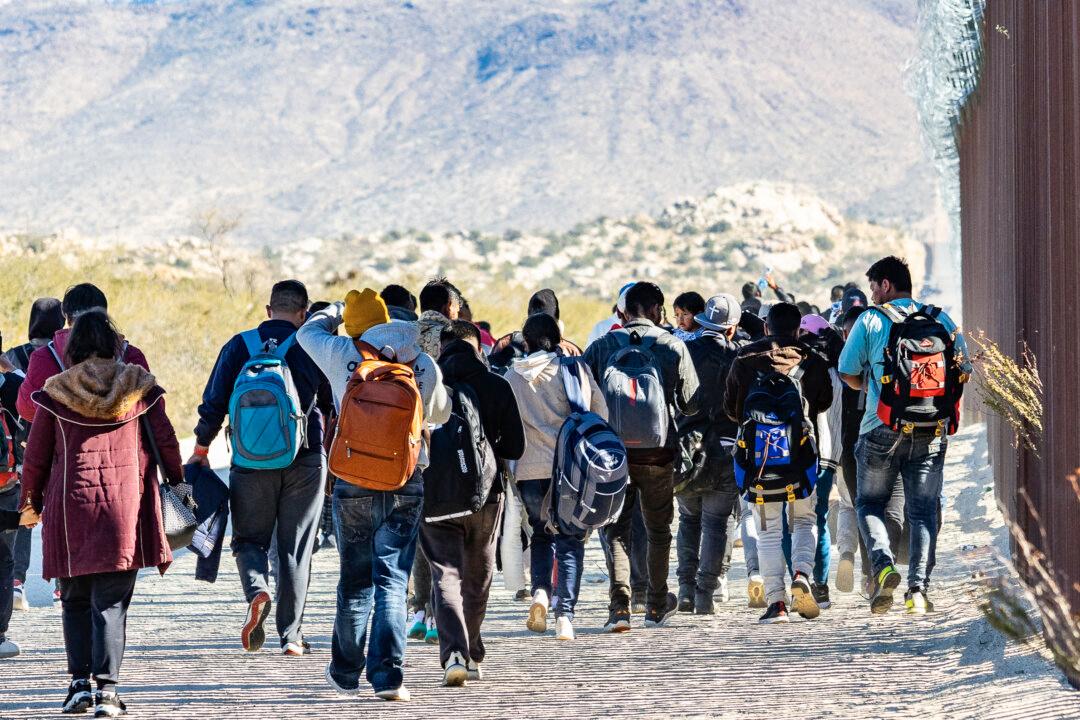Fatal shootings in Sweden are nine times higher than in all its neighboring countries combined, and the number of attacks involving explosives has reached a record high, according to a Swedish minister.
Sweden saw 62 deadly shootings in 2022, Justice Minister Gunnar Strommer said during a media conference on Friday, according to Reuters. “In 2023, although the number of deadly shootings fell slightly, preliminary figures show Sweden had nine times more deadly shootings than Norway, Denmark, and Finland together,” he said.
Over the past decade, deadly shootings have more than tripled in the country of 10 million people.
The number of attacks involving explosives is now at a record level, Mr. Strommer noted. “We are talking about system-threatening crime with a high propensity to violence that silences witnesses, threatens social workers, infiltrates authorities and political parties, that deals in drugs, cons elderly and our welfare systems.”
The report added that 88 percent of individuals who were active criminals are Swedish citizens, including eight percent with foreign citizenship. Eleven percent have foreign citizenship and for the remaining one percent, “citizenship cannot be reported due to uncertainties in the population register.”
“The strict policy of secrecy around the nationality or ethnicity of those arrested and convicted of violent crimes is an exceptional standout in a nation that otherwise prides itself on transparency and a progressive and open access records policy. Sweden is one of three Nordic countries that makes even personal tax returns public,” he noted.
“Being registered as a crime suspect is 2½ times as common among persons born abroad as it is among persons born in Sweden to two native-born parents,” it said.
“For those born in Sweden to two non-native parents, the relative risk is 3.2, which means that for this group it is slightly more than three times as likely to be registered as a suspected offender as it is among those born in Sweden to two native-born parents.”
Authorities have admitted that Sweden has seen a massive increase in violence over the past years owing to its liberal immigration policy.
“There have recently been murders and explosions on an unprecedented scale,” police chief Anders Thornberg said during a press conference last year, according to The Daily Mail. He said the perpetrators were often from abroad but did not mention any nationalities.
In April 2022, Prime Minister Magdalena Andersson admitted that Sweden has failed to integrate the large number of immigrants who had come to the nation over the past two decades, leading to gang violence and parallel societies.
“Segregation has been allowed to go so far that we have parallel societies in Sweden. We live in the same country but in completely different realities,” she said, according to Reuters.
Children in Criminal Networks
The Feb. 23 report also highlighted the issue of younger people being part of the criminal networks. “In general, young people are more often involved in crime than older people,” it stated.“The so-called age-crime curve shows that criminal activity at the group level typically seen increases during adolescence, peaks in early adulthood, and then declines with increasing age. The same pattern also applies to those active in crime networks, where the breaking point falls in the 20s.”
There were around 1,700 individuals below the age of 18 active in criminal networks, accounting for 13 percent of the total active criminals. In addition, there were roughly 3,700 under-18 individuals with connections to criminal networks, taking the combined number of children to 5,400.
Hierarchy in these networks was found to be associated with age. “Older people have more control and strategic roles, while the younger ones have execution roles.”
“The oldest group is made up of the enabling roles, where the average age is 39 years. The youngest group consists of the performing roles in the lower layers, where the average age is 22 years. About a third of these are under 18 years of age.”
The fact that 5,400 children are connected to criminal networks “is very worrying,” Katharina von Sydow, president of the Swedish Police Association, said.
“Children have the right to a safe upbringing and we as a society must get better at preventing and dealing with what is happening now. More actors need to do more, this is not just a police issue. The whole society must act.”
Children in the 12-15 age group are recruited into criminal networks by youngsters who are often in the 15-20 age group, according to a press release by the Swedish National Council for Crime Prevention.
“Recruitment can be quick, sometimes in less than a day. For the criminal networks, the new recruitment is a way to expand distribution chains for narcotics in the local area,” it said.
“It is difficult for a child to leave a criminal network, but sometimes opportunities for defection arise when the child’s recruiter leaves the country or ends up in prison and thus cannot supervise the child in the same way.”







